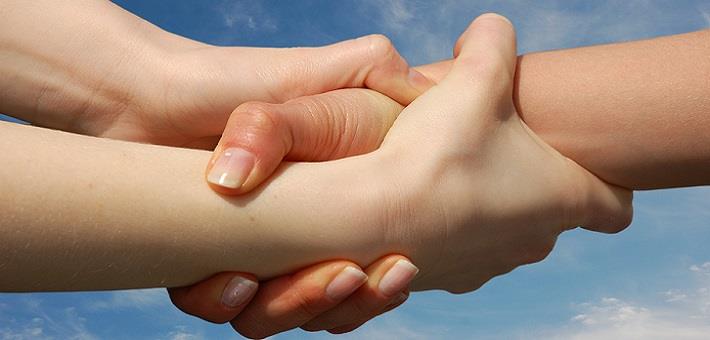
Prosocial Behavior Differs for Kids and Teens
A study in Frontiers in Psychology compares children's prosocial behavior toward their peers. It turns out that 9- and 12-year-olds are evenly prosocial toward all of their peers. In contrast, teens (15 and 18 y/o) are especially prosocial toward their own friends.
Take aways
- Young people’s prosocial behavior toward their peers differs across age:
- Kids ("tweens") (9 and 12 y/o) are similar in their prosocial behavior toward all of their peers.
- Teens (15 and18 y/o) are more prosocial towards peers who are their friends.
- Teens who are capable of taking the perspective of others are more prosocial toward their friends.
- Developers of prosocial behavior interventions must be aware that teens are more selective in their prosocial behavior than kids.
Study information
The question?
Does prosocial behavior towards classmates differ across age?
Who?
119 young people from four different age cohorts:
31 9-year-olds (52% girls)
32 12-year-olds (44% girls)
25 15-year-olds (48% girls)
31 18-year-olds (74% girls)Where?
The Netherlands
How?
Before the start of the study the young people filled out several questions, including nomination of peers and questions about the extent to which they could see the point of view of others. The peer nominations consisted of young people nominating up to five classmates for the questions “Who are your friends?” and “Who do you do not like at all?”. In addition, they also indicated how much they liked each classmate. Relating to this information, four types of classmates were indentified: (1) friends, (2) enemies, (3) peers, and (4) anonymous peers.
Afterwards, the young people played a game wherein they had to dived coins between themselves and a classmate by choosing one of the two preset distributions. They could choose between a prosocial (e.g., one coin for themselves and one coin for their partner) and non-prosocial (e.g., two coins for themselves and zero for their partner) option. The young people played the game four times with different classmates (e.g., friend, enemy, peer, or anonymous peer). The distribution of the number of coins was used as a measure of prosocial behavior.
Facts and findings
- Kids aged 9 and 12 years were equally prosocial toward all of their classmates.
- However, the 15 and 18-year-olds did make a distinction in their prosocial behavior towards their classmates, by being more prosocial toward their friends.
- Teens (15 and 18 y/o) with high levels of perspective taking were more prosocial toward their friends.
- The authors conclude that the ability to take another person's perspective is the explanation of the more selective prosocial behaviors of older kids.